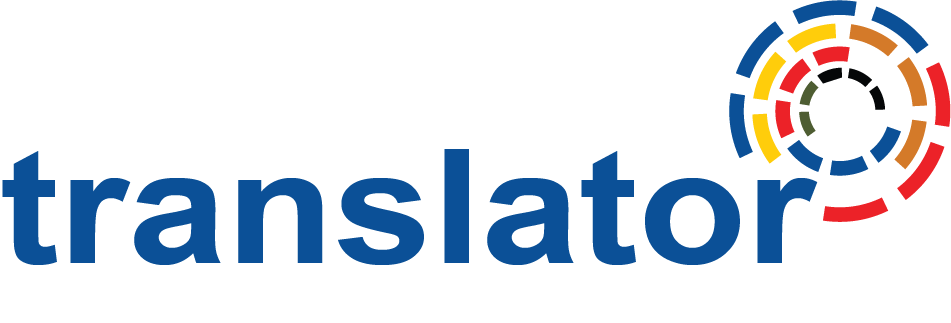Introduction
Let’s face it… Our world keeps changing. And even my generation, millennials, sometimes find it hard to navigate the corporate world. Even I, find it hard and overwhelming to adapt sometimes. Ever since I remember myself, in 2005, I was one of the early adopters and supporters of technology and everything new. If you told me back then, that to have a successful online business in 2024 you’d need to do the “Apple dance” on TikTok, while also ensuring your online presence and SEO is still at a professional level, I wouldn’t believe you.
But it’s true. All sorts of businesses, from small startups to multinational corporations, rely mostly on digital marketing to reach their target audiences effectively. And creating high-quality content is not enough; continuous editing and optimization are essential to maintain its effectiveness. Sadly, this article will only focus on content editing and not on CharliXCX.
Let’s explore together the role of digital content supervision in online marketing, its importance, best practices, and how businesses can implement effective content supervision strategies.
Understanding Digital Content Editing
Digital content editing involves the ongoing review, management, and optimization of digital content to ensure it remains relevant, accurate, and aligned with the latest marketing strategies and search engine algorithms. This process includes content audits, performance analysis, SEO updates, and quality control measures.
Importance of Digital Content Editing
- Maintaining Relevance and Accuracy: In the fast-paced digital world, information quickly becomes outdated. Regular content supervision ensures that your content remains current and accurate, providing value to your audience and maintaining your credibility.
- Enhancing SEO Performance: Search engine algorithms constantly evolve. Regularly updating and optimizing your content according to the latest SEO best practices can significantly improve your search rankings, driving more organic traffic to your website.
- Boosting User Engagement: High-quality, relevant content engages users and encourages them to spend more time on your site. This not only improves your website’s metrics but also increases the likelihood of conversions.
- Building Trust and Authority: Consistently well-managed content builds trust with your audience. It positions your brand as an authority in your industry, fostering long-term relationships with your customers.
Best Practices for Digital Content Supervision
- Regular Content Audits: Conduct comprehensive audits to assess the performance of your content. Identify which pieces are performing well and which need updates or improvements.
- SEO Optimization: Stay updated with the latest SEO trends and integrate relevant keywords naturally into your content. Ensure your content is optimized for both search engines and user experience.
- Quality Control: Implement strict quality control measures to ensure your content is free of errors, well-written, and aligns with your brand’s voice and tone.
- Performance Analysis: Use analytics tools to track the performance of your content. Monitor metrics such as page views, bounce rates, and conversion rates to understand what resonates with your audience.
- Content Refreshing: Regularly update and refresh your content to keep it relevant. This can involve adding new information, improving readability, and optimizing for new keywords.
Implementing Digital Content Supervision
- Set Clear Goals: Define what you want to achieve with your content supervision efforts. Whether it’s improving SEO, increasing engagement, or driving conversions, clear goals will guide your strategy.
- Create a Content Calendar: Plan your content updates and audits in advance. A content calendar helps you stay organized and ensures that you cover all necessary areas.
- Assign Responsibilities: Clearly define roles and responsibilities within your team. Assign specific tasks such as content auditing, SEO optimization, and performance analysis to ensure accountability.
- Use the Right Tools: Leverage content management and analytics tools to streamline your supervision processes. Tools like Google Analytics, SEMrush, and Yoast SEO can provide valuable insights and automation capabilities.
- Continuous Improvement: Digital content supervision is an ongoing process. Regularly review and refine your strategies based on performance data and industry trends.
Case Study: Successful Digital Content Editing
Consider a company in the fintech sector that regularly updates its blog with industry news, product updates, and educational content. By implementing a robust digital content editing strategy, they noticed significant improvements in their online presence:
- Improved SEO: By regularly updating their content with the latest industry keywords and SEO best practices, they saw a 30% increase in organic traffic.
- Increased Engagement: Fresh, relevant content kept their audience engaged, resulting in a 20% increase in average session duration on their website.
- Higher Conversion Rates: With updated and optimized content, the company experienced a 15% increase in lead generation and conversions.
Conclusion
Digital content editing is a critical component of successful online marketing. It ensures that your content remains relevant, accurate, and optimized for search engines, ultimately driving better performance and engagement. By implementing effective content editing strategies, businesses can stay ahead in the competitive digital landscape and achieve their marketing goals. At Metafrastis.com.cy, we specialize in providing comprehensive digital content supervision services, helping businesses maintain high-quality and effective online content. We can take over that part of your online presence, while you are having a brat summer..






